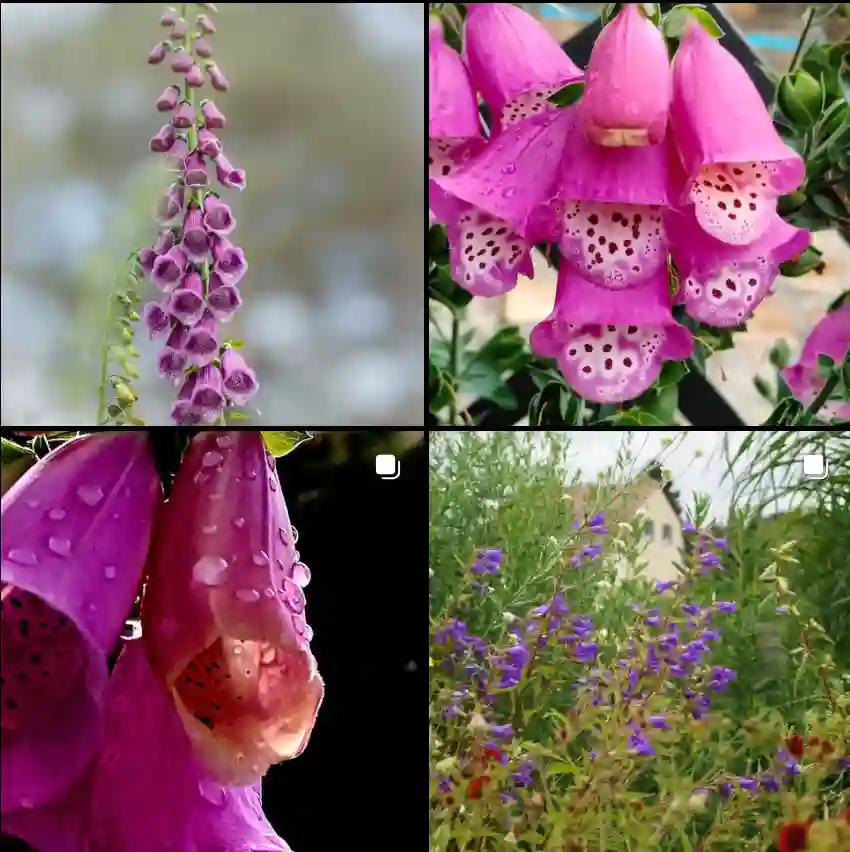
The Allure of the Kousa Dogwood: A Gardener’s Guide
For years, I’ve been captivated by the enchanting beauty of the Kousa dogwood. Unlike its more common cousin, the flowering dogwood, the Kousa offers a unique charm that has won a special place in my garden. But beyond its stunning looks, the Kousa dogwood has surprised me with its interesting features and surprising ease of care. In this guide, I’ll share my experience with this delightful tree, answering some of the most common questions I’ve encountered.
When Does Kousa Dogwood Bloom?
One of the highlights of owning a Kousa dogwood is witnessing its spectacular spring display. Unlike the dogwood’s delicate, four-petaled blooms, the Kousa puts on a show with large, bracts (modified leaves) that resemble white or pink flowers. These stunning bracts typically appear in late spring to early summer, transforming my garden into a magical wonderland.
When Does Kousa Dogwood Leaf Out?
Following the glorious blooms, the Kousa dogwood continues to impress throughout the year. Its leaves unfurl in a beautiful shade of green in late spring, adding a layer of lushness to the landscape. As autumn approaches, the foliage puts on another dazzling display, transforming into fiery shades of red, orange, and purple before gracefully falling to the ground.
Is Kousa Dogwood Fruit Edible?
The Kousa dogwood produces clusters of small, strawberry-like fruits in late summer. These fruits, with their bumpy red exteriors, might tempt you to take a bite. While technically edible, the flesh is quite tart and astringent. Most people wouldn’t find them particularly enjoyable raw. However, with a little creativity, they can be transformed into delicious jams, jellies, or even wine.
Are Kousa Dogwood Berries Poisonous to Dogs?
While the fruits might not be our cup of tea, the good news is that they are not harmful to our canine companions. Unlike some other dogwood varieties, Kousa dogwood berries are not poisonous to dogs. However, it’s important to note that due to their astringent taste, they’re unlikely to be very appealing to your furry friend.
How to Eat Kousa Dogwood Fruit?
As mentioned earlier, the raw fruit of the Kousa dogwood isn’t particularly appetizing. However, if you’re feeling adventurous, you can use them to create some delicious treats. Here’s a simple tip: to remove the bitterness, remove the flesh from the fruit and discard the seeds. You can then use the flesh to make jams, jellies, or even add a unique twist to baked goods.
How to Prune a Kousa Dogwood?
The Kousa dogwood is a naturally well-behaved tree and doesn’t require extensive pruning. However, if you want to maintain a specific shape or size, you can prune it lightly in late winter or early spring before new growth appears. Remember, the goal is to remove dead, diseased, or overcrowded branches, not to drastically alter the tree’s natural form.
How to Grow Kousa Dogwood From Seed?
While propagating the Kousa dogwood from seed is possible, it’s a lengthy process that requires patience. The seeds have a dormancy period and need to be stratified (exposed to cold temperatures) for several months before germination. It can take several years for seedlings to reach a mature size. For faster results, consider purchasing a young tree from a reputable nursery.
Is Kousa Dogwood Invasive?
The Kousa dogwood is not considered an invasive species. In fact, it’s a well-behaved tree that adapts well to a variety of growing conditions. It doesn’t aggressively spread and can be a valuable addition to your landscape.
What to Plant With Kousa Dogwood
The Kousa dogwood’s versatility allows it to be paired with a variety of plants. Here are a few ideas:
- Spring Bulbs: Plant daffodils, tulips, or crocuses at the base of the tree to create a colorful display in early spring.
- Evergreens: Add evergreen shrubs like azaleas or rhododendrons for year-round interest.
- Hostas: Hostas with their large, shade-loving foliage will complement the Kousa dogwood beautifully.
Conclusion
The Kousa dogwood has become a cherished member of my garden. From its stunning blooms to its vibrant fall foliage, it offers beauty and interest throughout the seasons. With its easy-going nature and minimal maintenance requirements, the Kousa dogwood is a perfect addition for any gardener looking for a unique and captivating tree. So, if you’re looking for a showstopper for your landscape, consider planting a Kousa dogwood and experience its magic firsthand.
If i die, water my plants!



